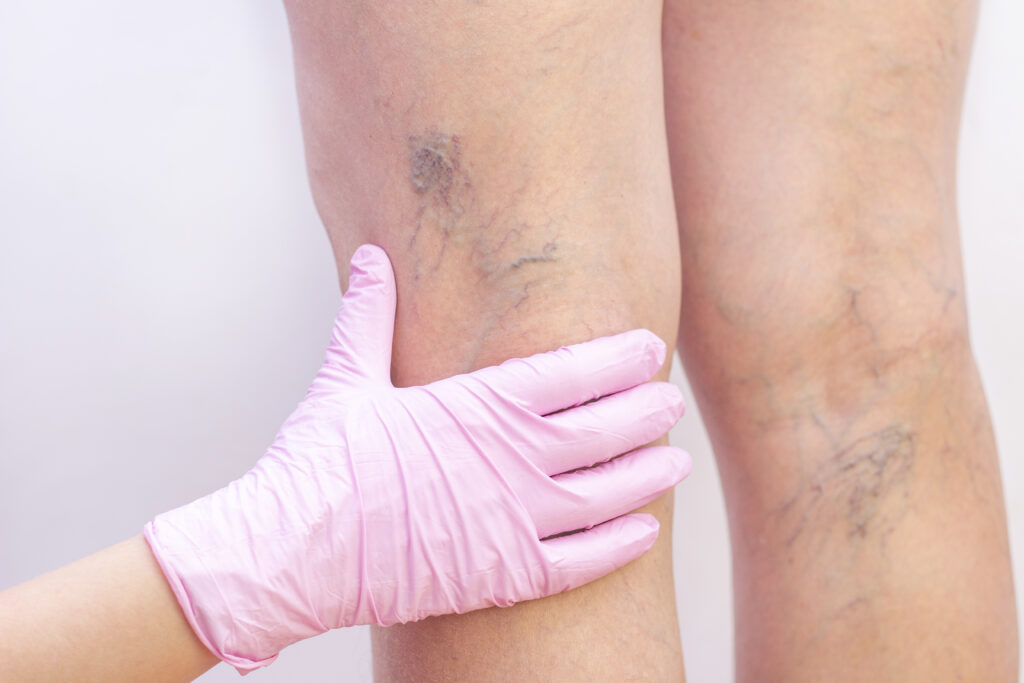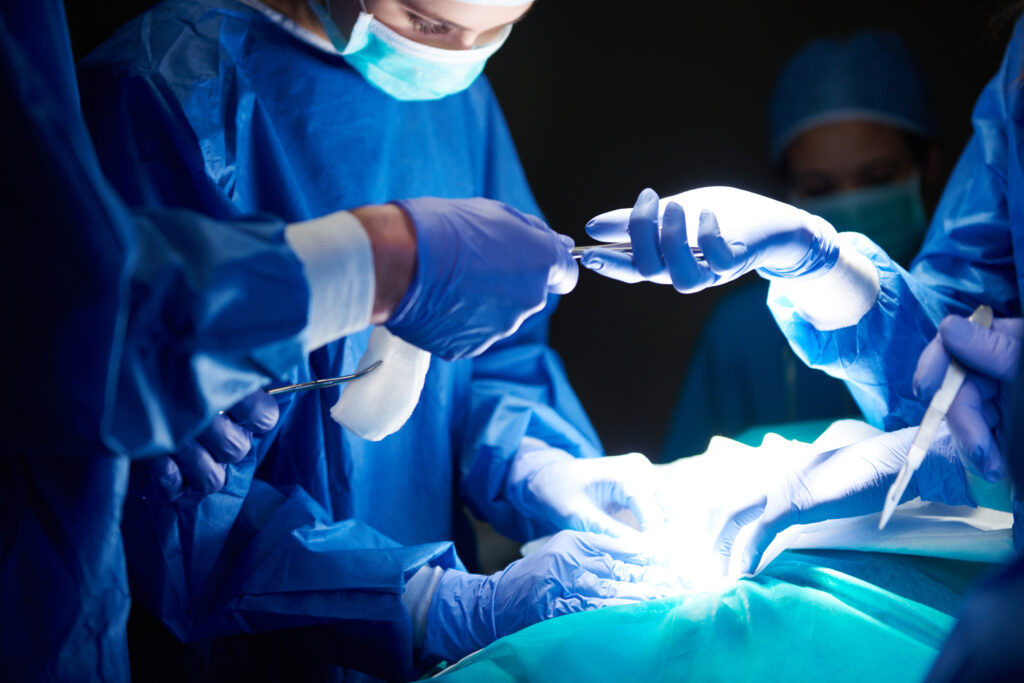Say goodbye to Varicose Veins
Do You Struggle with Vericose Veins?
What are Varicose Veins?
Vericose veins are swollen, twisted veins that usually appear just under the surface of the skin, most often in the legs. They occur when the vein valve that help blood flow the heart become weak or damaged, causing blood to pool and the veins to enlarge.
How Do I Know I have Varicose Veins?
- Visible, twisted, or bulging veins, usually in the legs.
- Leg pain, heaviness, or aching, especially when standing or sitting for a long time.
- Swelling, throbbing, or cramping in the lower legs.
- Skin changes near the veins, such as discoloration, dryness, or itching.
Why Should I Have Them Treated?
Treating varicose veins is important because it can relieve symptoms such as pain, heaviness, swelling, and leg fatigue. Varicose veins are not just a cosmetic issue, they can often lead to serious complications if left untreated.
Why Should I Seek Treatment?
Treatment can prevent complications like skin ulcers, blood clots, or chronic venous insufficiency, while improving the appearance of the legs and boosting confidence.


Have You Heard of The ClosureFast Procedure?
What is the ClosureFast Procedure?
A minimally invasive procedure used to treat varicose veins by using radiofrequency energy to heat and close the affected vein. The treated vein gradually fades as blood is naturally rerouted to healthy veins, relieving symptoms like pain, swelling, and leg heaviness. The procedure is typically done in an outpatient setting with minimal downtime and a quick recovery.
Who is a Typical Candidate?
A typical candidate for the ClosureFast procedure is someone who has a symptomatic varicose vein. This can look like leg pain, swelling, heaviness, or visible bulging veins. Candidates usually have vein valve reflux confirmed by an ultrasound and are looking for a minimally invasive treatment with quick recovery. It’s often recommended for adults in good overall health who do not have severe arterial disease or active infections in the legs.
Benefits and Risks
Benefits: ClosureFast is a minimally invasive treatment used to close diseased veins that cause varicose veins. It’s typically done under local anesthesia and allows most patients to return to normal activities within a few days. The procedure often results in less pain, bruising, and recovery time compared to traditional vein surgery, and it has a high success rate for relieving symptoms like swelling, aching, and heaviness in the legs.
Risks: As with any medical procedure, there are some risks. Possible side effects include temporary pain, bruising, or numbness along the treated vein. In rare cases, there may be infection, blood clots, or skin burns. Your healthcare provider can discuss these risks in more detail and help determine if ClosureFast is the right option for you.
Preperation
- Most patients do not need general anesthesia; a local anesthetic is used.
- You may be asked to avoid blood-thinning medications for a short period of time before the procedure.
- Wear comfortable clothes and shoes on the day of treatment.
- The treating physician will perform an ultrasound to map the affected veins.
Procedure Steps
- A small incision is made near the affected vein.
- A thin catheter is inserted into the vein under ultrasound guidance.
- Radiofrequency energy is applied through the catheter to heat and close the vein.
- The catheter is removed, and the incision is covered with a small bandage.
What Does Recovery Look Like?
Recovery from the ClosureFast procedure is usually quick, with most patients returning to normal activities within 1-2 days. Mild bruising, soreness, or tenderness along the treated vein may occur for 1-2 weeks, but serious complications are uncommon.
Aftercare: Wearing compression stockings for 1-2 weeks to help blood flow. Walking around regularly to promote circulation, but no strenuous exercise for several days.
Follow up with your doctor as instructed, usually within 1-2 weeks.